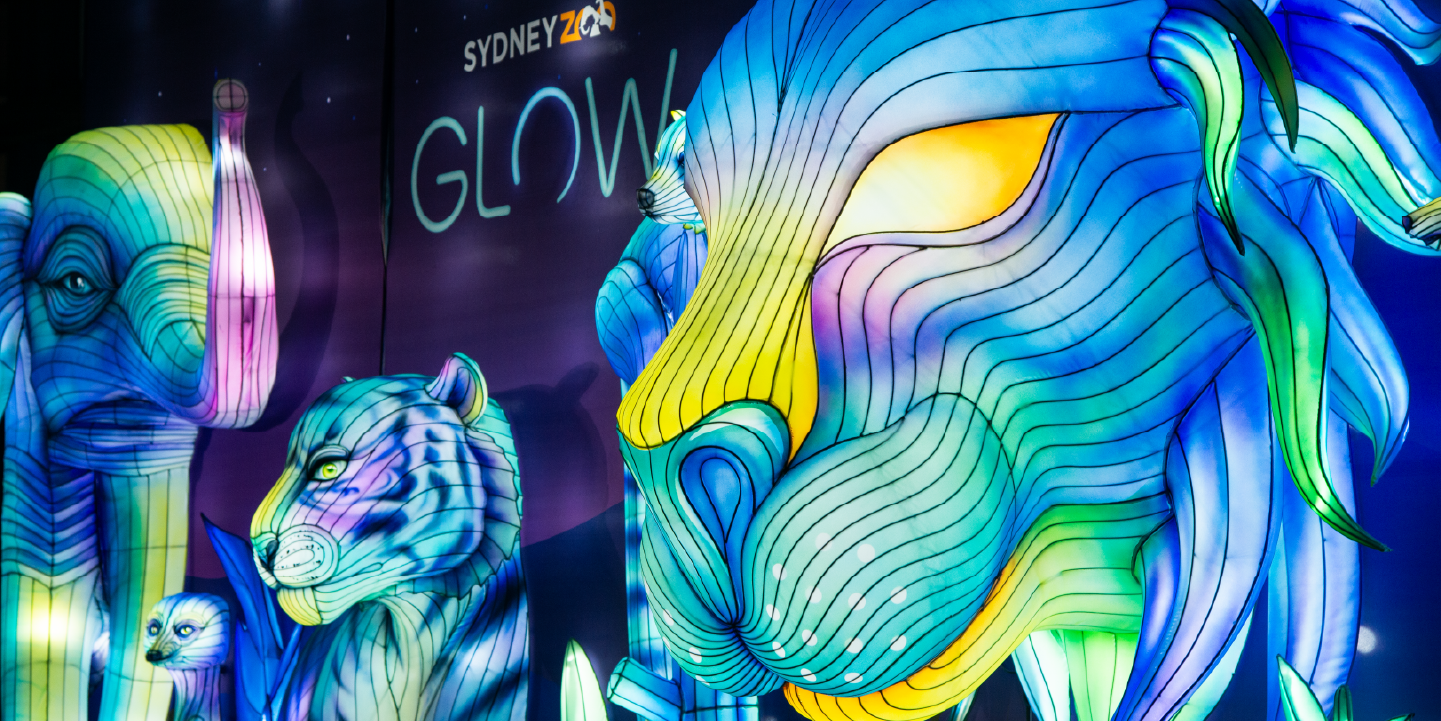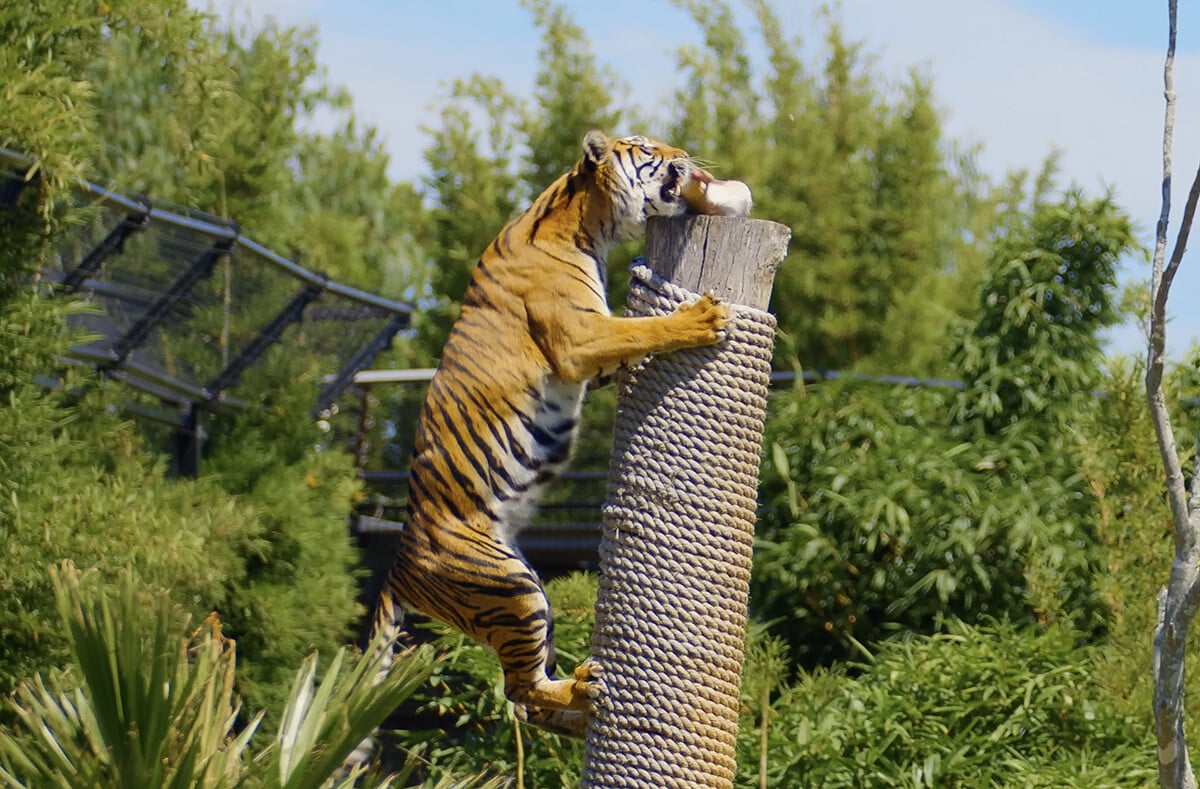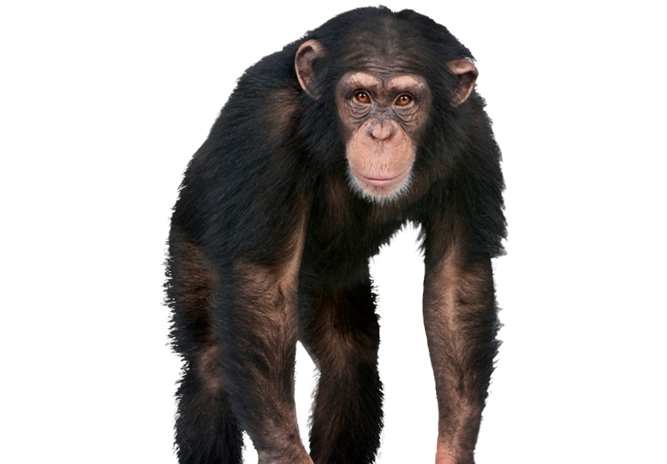

GLOW on sale now
With over 200 NEW animal lanterns and interactive light sculptures, experience the ultimate light festival. TICKETS SELLING FAST!

Encounters
Want more than just a visit to the zoo? Check out our range of fun animal encounters and unforgettable experiences.

NEW Unlimited Pass
With no joining fee and FREE parking, experience unlimited fun with 12 months of zoo entry!

Weddings
Say I do at Sydney Zoo! Plan your big day with us and discover a world of unique wedding experiences.

VR Experience
Immerse yourself in a wild VR experience! Choose from a wild mountain gorilla trek, an undersea exploration and many more!

GLOW on sale now
With over 200 NEW animal lanterns and interactive light sculptures, experience the ultimate light festival. TICKETS SELLING FAST!

Encounters
Want more than just a visit to the zoo? Check out our range of fun animal encounters and unforgettable experiences.

NEW Unlimited Pass
With no joining fee and FREE parking, experience unlimited fun with 12 months of zoo entry!

Weddings
Say I do at Sydney Zoo! Plan your big day with us and discover a world of unique wedding experiences.

VR Experience
Immerse yourself in a wild VR experience! Choose from a wild mountain gorilla trek, an undersea exploration and many more!

Sydney Zoo is home to over 4,000 animals, including awe-inspiring and endangered species from all around the world. Take a stroll down the African Boardwalk where you’ll see scenes from the savannah in our remarkable mixed-species habitats, wander down the leafy Primate Boulevard, and be mesmerised by the animals of south-east Asia. Get closer to all your favourite Australian natives in our beautiful open-range Australia habitat, where kangaroos and wallabies hop freely around the meandering pathways.
Sydney Zoo is also the only combined zoo and aquarium in NSW, and boasts the largest Reptile & Nocturnal House in the world!
Come check out why Sydney Zoo is Sydney’s favourite NEW zoo.
Sydney's Favourite New Zoo
Over 4,000 Animals
No Hills or Steps
Free Parking

Award Winning

GLOW
With over 200 NEW animal lanterns and interactive light sculptures, experience the ultimate light festival.

Encounters
Get even closer to our animals with brand NEW encounters and the popular Mini Zookeeper For a Day program.

Unlimited Pass
With no joining fee and FREE parking, experience unlimited fun with 12 months of zoo entry!

Getting to the zoo
Located on the Great Western Highway, Eastern Creek, we are accessible by car, public transport or rideshare services.

FREE keeper talks
With our huge range of keeper talks and feeds every half hour, there’s always something to see at Sydney Zoo!
WITH THANKS TO







.png?width=95&height=55&name=Coca-Cola_Europacific_Partners_(LOGO).png)

.png?width=115&height=115&name=CarnivalCruise_1200x1200-1024x1024%20(1).png)



